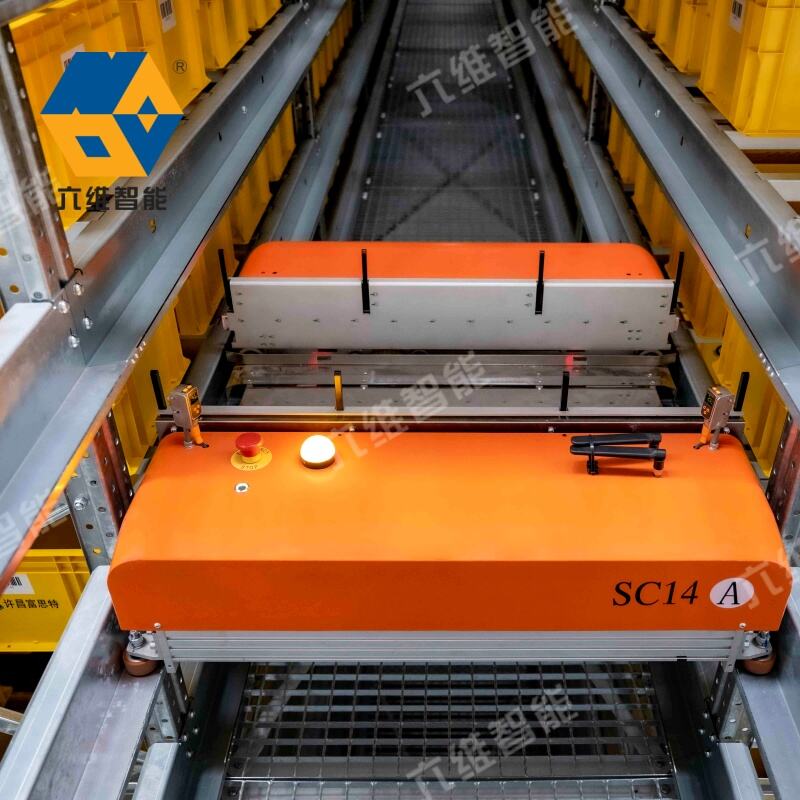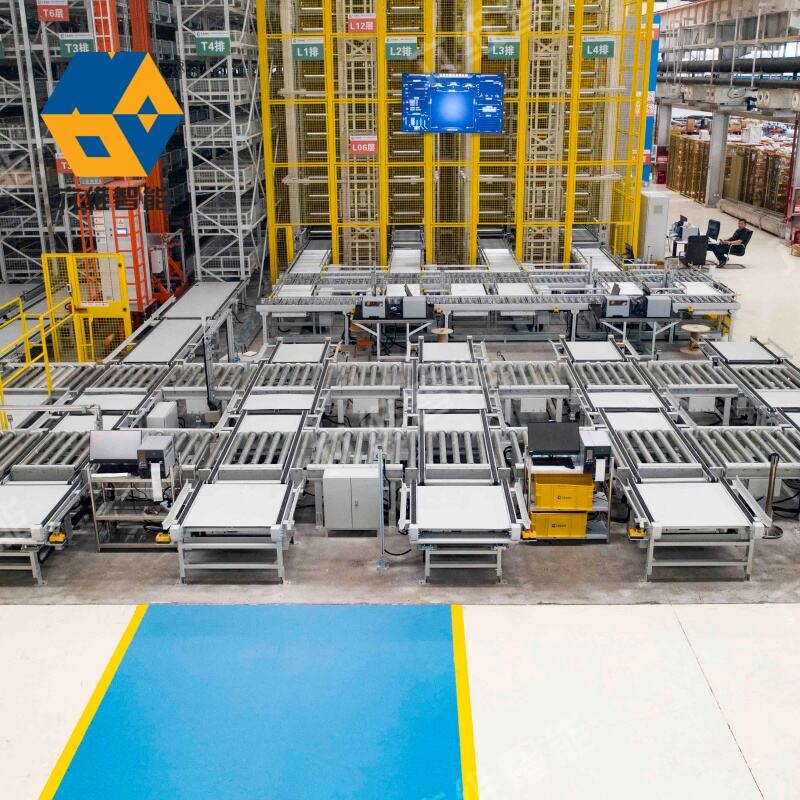automated warehouse
An automated warehouse represents the pinnacle of modern logistics technology, combining robotics, artificial intelligence, and sophisticated inventory management systems to create a highly efficient storage and distribution facility. These advanced facilities utilize automated storage and retrieval systems (AS/RS), automated guided vehicles (AGVs), and conveyor systems to handle materials with minimal human intervention. The warehouse management system (WMS) coordinates all operations, from receiving and putaway to picking and shipping, while maintaining real-time inventory accuracy. Through the integration of sensors, scanners, and RFID technology, these warehouses can track items with unprecedented precision, significantly reducing errors and optimizing space utilization. The system employs sophisticated algorithms to determine optimal storage locations, considering factors such as item velocity, size, and storage requirements. Multiple picking methods, including goods-to-person systems and automated sorting, ensure rapid order fulfillment while minimizing labor requirements. The entire operation is monitored through advanced control systems that provide real-time visibility and predictive maintenance capabilities, ensuring consistent performance and reducing downtime.


